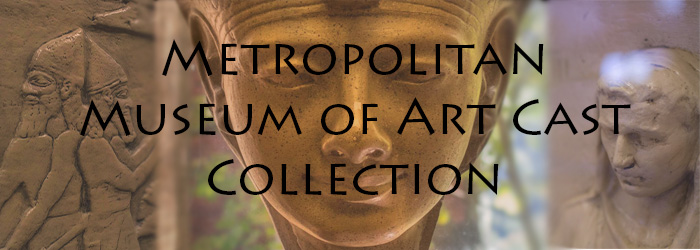
Description
Plaster cast of a relief depicting a muse with a lyre. Original is housed in the Archaeological Museum, Topkapi Palace, Istanbul, circa 2nd-1st century BCE.
Publication Date
1978
Type of Artwork
Relief
Time Period/Geographical Region
Ancient Greece
Height (cm/in)
68.58 cm / 27 in
Width (cm/in)
40.64 cm / 16 in
Depth (cm/in)
7.62 cm / 3 in
Disciplines
Ancient History, Greek and Roman through Late Antiquity | Sculpture
Recommended Citation
Morehead State University. Camden-Carroll Library., "Muse with Lyre (Kithara)" (1978). Metropolitan Museum of Art Cast Collection. 4.
https://scholarworks.moreheadstate.edu/metropolitan_art_collection/4
Files
Download
Download Image (225 KB)


Comments
The Nine Muses were goddesses of the ancient world that gave artists, musicians, writers, and performers inspiration in their craft. This Greek relief likely represents Calliope, muse of epic poetry, or Terpsichore, muse of dance, who are both represented holding a lyre. More specifically, she plays an instrument from the lyre family called a kithara. This is an example of sculpture from the Hellenistic period, which begins in 323 BCE with Alexander the Great's death, and ends with the rise of the Roman Empire. In this post-Classical period, Greek cultural influence was at its peak throughout Europe, Asia, and North Africa.